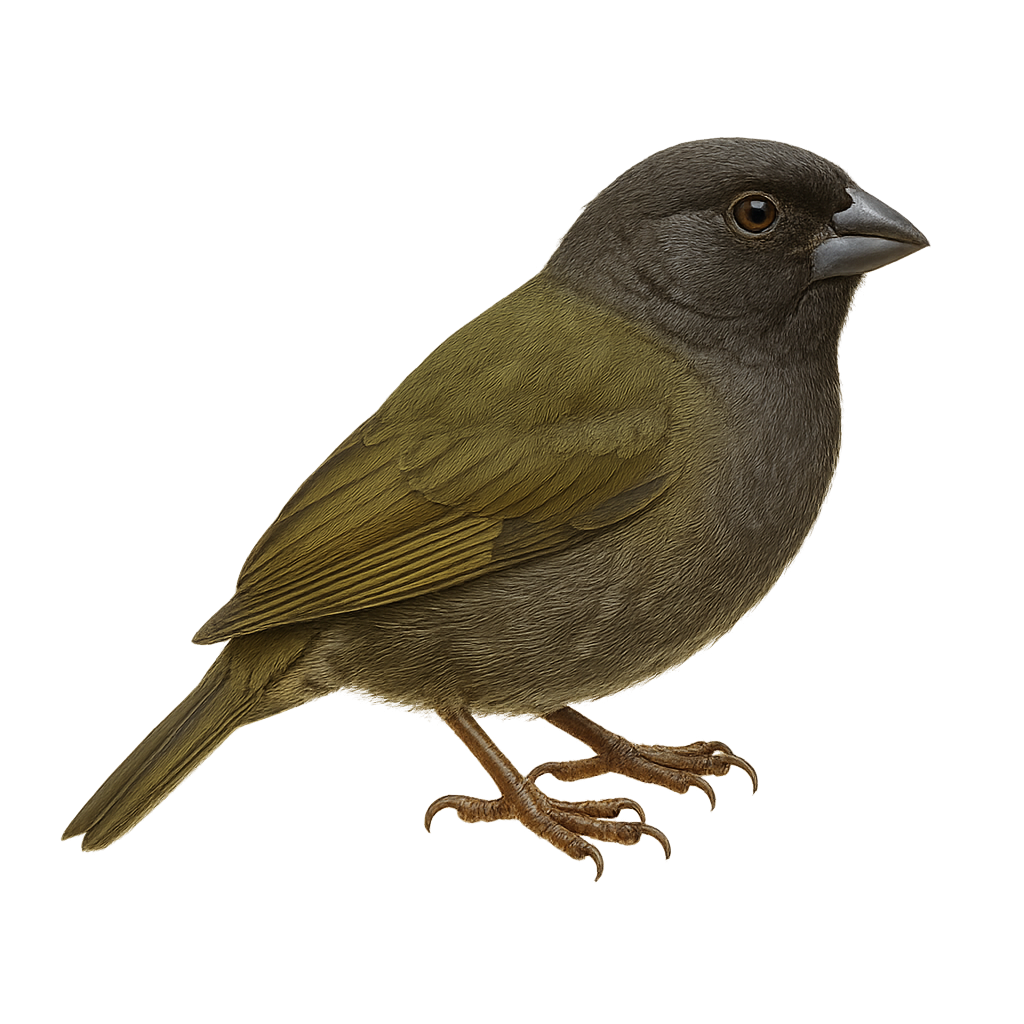Your wildlife photography guide.
Explore the black finch in detail, study its behavior, prepare your shots.
Where to observe and photograph the black finch in the wild
Learn where and when to spot the black finch in the wild, how to identify the species based on distinctive features, and what natural environments it inhabits. The WildlifePhotographer app offers tailored photography tips that reflect the black finch’s behavior, helping you capture better wildlife images. Explore the full species profile for key information including description, habitat, active periods, and approach techniques.
Black Finch
Scientific name: Melanospiza bicolor

IUCN Status: Least Concern
Family: THRAUPIDAE
Group: Birds
Sensitivity to human approach: Suspicious
Minimum approach distance: 10 m
Courtship display: May to June
Incubation: 12-14 jours
Hatchings: May to July
Habitat:
Dry forests, shrubs, bushy areas
Activity period :
Primarily active during the day, with peak activity in the morning and late afternoon.
Identification and description:
The Black Finch, or Melanospiza bicolor, is a small passerine bird endemic to certain Caribbean islands. It is primarily recognized for its glossy black plumage in males, while females display browner tones. This passerine is distinguished by its robust beak, adapted to its granivorous diet. It frequents dry forests, shrubs, and bushy areas, where it primarily feeds on seeds and small insects. Although discreet, the Black Finch is often spotted thanks to its melodious song. Its population is currently stable, but it remains vulnerable to disturbances in its natural habitat.
Recommended lens:
400 mm – adjust based on distance, desired framing (portrait or habitat), and approach conditions.
Photography tips:
To photograph the Black Finch, it is advisable to use a telephoto lens of at least 400mm to capture detailed images without disturbing the bird. Look for it in shrub areas and dry forests, where it is often active during the day. Be patient and discreet to avoid scaring it away. Use a tripod to stabilize your camera and achieve sharp shots. Opt for early morning hours to benefit from soft, natural light.
The WildlifePhotographer App is coming soon!
Be the first to explore the best nature spots, track rutting seasons, log your observations, and observe more wildlife.
Already 1 430 wildlife lovers subscribed worldwide

